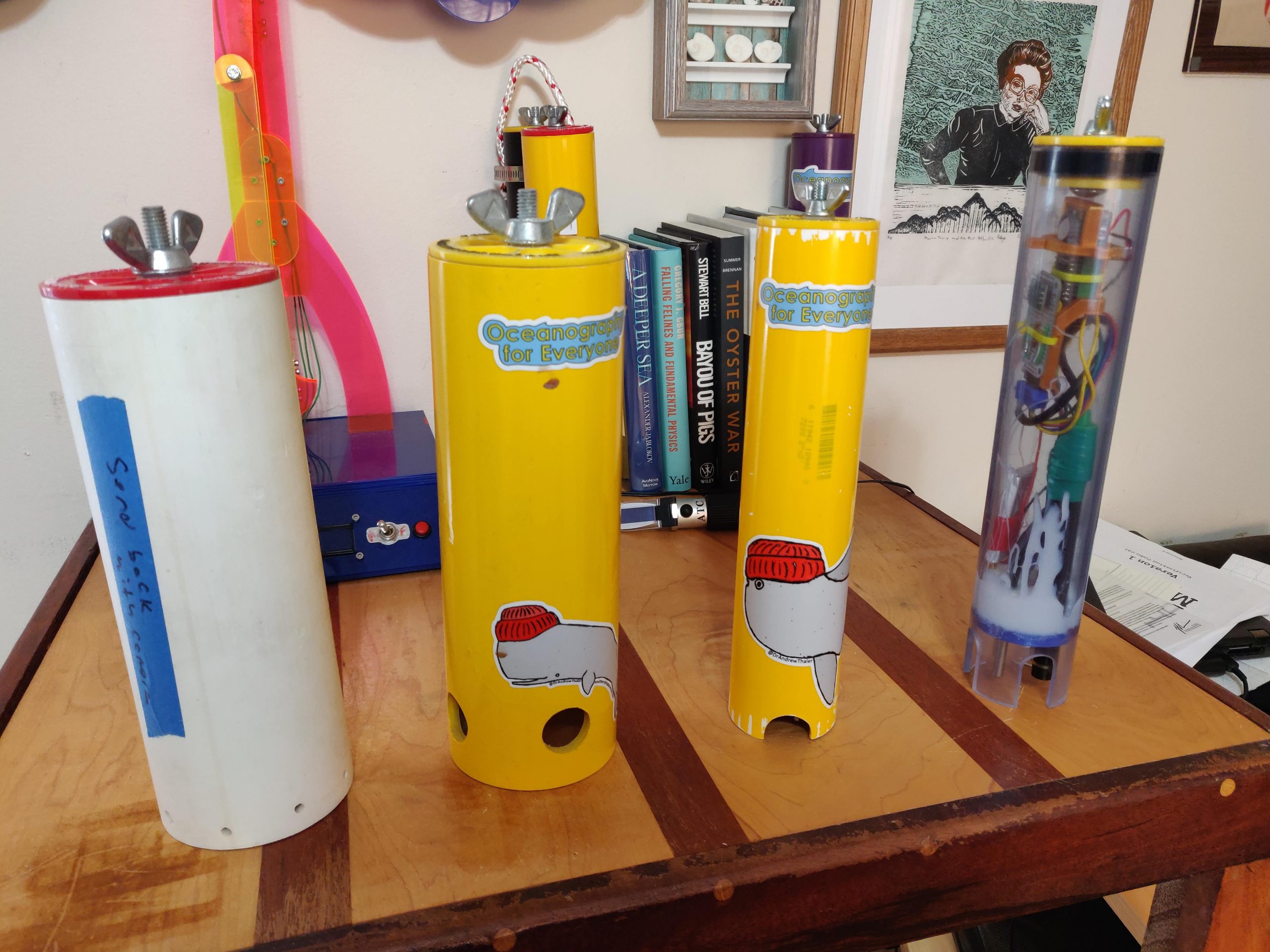 Here at SFS, we seem to have an affinity for cyborgs. I recently had a dream in which I envisioned my future as such a creature. I had aged, achieved a professorship, and was teaching an introductory geography class. Contrary to the current classroom, however, there was not a learned scholar standing in front of pupils transferring information from my brain to theirs through lecture and leading discussions. Instead, there was a flurry of multimedia flying around the room and the “lecture” was really a snippet of a semester-long conversation involving the entire class intended to immerse them in geographic thinking, in and out of class. My thoughts and the in-person conversation was immediately digitized and encoded to be connected to parallel tweets, emails, blogs, and other online content.
Here at SFS, we seem to have an affinity for cyborgs. I recently had a dream in which I envisioned my future as such a creature. I had aged, achieved a professorship, and was teaching an introductory geography class. Contrary to the current classroom, however, there was not a learned scholar standing in front of pupils transferring information from my brain to theirs through lecture and leading discussions. Instead, there was a flurry of multimedia flying around the room and the “lecture” was really a snippet of a semester-long conversation involving the entire class intended to immerse them in geographic thinking, in and out of class. My thoughts and the in-person conversation was immediately digitized and encoded to be connected to parallel tweets, emails, blogs, and other online content.
So I had a sci-fi dream. Yet, parts of that dream are a real expectation of professors today. There are huge benefits to encapsulating bits of the online world into your teaching strategy – providing content, different and nuanced perspectives, experiences from outside academia, etc. These benefits are promoted through ‘hybrid teaching‘ initiatives, which are often touted as increasing the ability for working adults to participate in higher education. Outside of freeing a schedule for these types of students, many of these online technologies make content more interactive, engaging students in the much sought-after “active learning” model.
These benefits are gigantic advances in the way we think about education, though it can be taken too far. A recent editorial in Raleigh’s News and Observer advocated “flipping the classroom” to focus on hybrid teaching instead of lecture; this would allow teachers to take on more students and help cut the state education budget. A reader responded that although restructuring education might be necessary, this “flipping” proposal forgets about the value of teacher-student time, even if that’s online. Essentially, teachers would be expected to participate in online activities outside of work hours – increasing working hours, workload, but not pay.
Though this discussion was about high school education, the same phenomenon is occurring in college classrooms. The use of Blackboard, Sakai, Moodle, and other online platforms started a shift in which students are expected to participate in their virtual classroom space as well as physical. These sites offer places to download assignments and readings, discussion boards, email lists, digital dropboxes, and even quizzes. In essence, they allow assignments and quizzes to be due outside of usual class meeting times. But that also allows questions to be asked and answered outside of class time – by both other students and professors.
Moving outside of the virtual classroom, the era of smartphones, laptops, tablets, and other portable connections to the web makes communication essentially instant – if you want it to be. In planning for my class for the spring, however, I find that I don’t want my students thinking that I will always have the time to drop what I’m doing to answer a last-minute question or explain something right before the test. So in the syllabus, it says “feel free to email me questions, but don’t expect an answer on weekends or the holidays”. That gives me the freedom to go on a hike or spend a tech-free Easter with my family.
Aside the ability of a professor to step away from work for a few minutes, limiting instantaneous communication also emphasized good online etiquette. For instance, a friend of mine teaching a large non-majors marine biology class commented to me that he received tons of questions by email – during class. Many of those questions were the same, indicating that he had inadequately explained the concept in class, but didn’t know about it until he had a chance to check his email. Had the student simply raised his hand and asked his question the old-fashioned way, he could have explained the concept again to everyone – even the ones too shy to ask (you know if one person asks, there’s 10 other people thinking the same thing).

The most frequent complaint I’ve heard with the advent of online platforms integrated into teaching is that students always have questions at 10pm the night before a test. Some faculty members give out phone numbers for this situation, others consider the night personal time. Email and discussion boards are not as clear-cut – you can’t immediately tell if the professor is on the other end awaiting questions. Plus, some people are the early-to-bed, early-to-rise types and are already snoring at 10pm. Yet, students will arrive at the test the next day angry that their question wasn’t answered – because to them, information should be instantaneous.
Finally, imagine you are a college student taking 4 to 5 classes, all with the same expectation of attention and commitment as occurred in my dream. It would be like constantly trying to have 4 simultaneous conversations at the same time. I’m sure some people could handle it, but personally, I’d find it difficult to focus.
Hybrid teaching can play a large beneficial role in the development of active learning, but if my dream was anything like sci-fi movies, we should think consciously about how cyborg life emerges.
